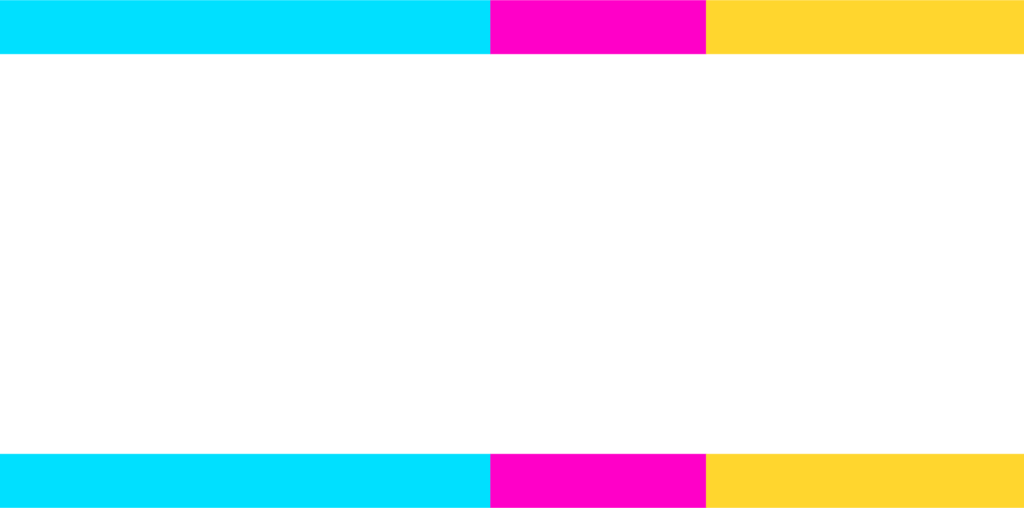Maureen Dolan reports trustees in the Coeur d’Alene School District could have certified an emergency levy Friday that would have brought an additional $260,579 into the district’s coffers and increased local property taxes, but they didn’t.
During a meeting at the district’s administration building, school board members agreed with a recommendation from Superintendent Hazel Bauman, who suggested they forgo the tax levy opportunity. Bauman pointed to the recent voter approval of a $32.7 million facilities bond, and the district’s pending need to ask voters to approve a supplemental maintenance and operations levy later in the school year, as the main reasons for her suggestion.
Before making her recommendation, Bauman detailed items the district needs due to growth in student attendance including classroom furniture, textbooks, and school buses and drivers to cover several new KTEC routes.
Bauman also said the district is facing a $3 million shortfall for the next school year, “if everything stays the same,” including an existing annual $12.9 million voter-approved supplemental levy that will expire in June.
“Even notwithstanding all of those pressures, I think the wise and thoughtful approach to taxes right now in our community would be to not levy this,” Bauman said.
Idaho law allows school boards in growing districts to seek emergency school fund local property tax levies during the first weeks of school each fall, without voter approval. Last year, 10 of Idaho’s 115 school districts received emergency levy dollars; none of those districts are in Kootenai County.
School district budgets are set each year, and submitted to the Idaho Department of Education, several months prior to the first day of school. If an unexpected influx of students shows up for classes, the emergency levy provides an optional mechanism for school boards to seek property tax relief to cover the costs of educating those students.
Coeur d’Alene School District’s average daily attendance for the first three days of school was up by 60 students this year, making the district eligible for the $260,579.
School board chair Tom Hamilton said that while the amount of money isn’t insignificant, he questions whether “it’s worth testing taxpayer tolerance to add an additional tax without their consent.”
“It’s tough because the needs are real, and nobody doubts that … What I look to is March and the fact that I don’t think anyone denies we’re going to have to run an M and O (maintenance and operations) levy,” Hamilton said.
Board members are aware, he said, that they’re going to have to find a way to reduce the amount of the upcoming supplemental levy by finding ways to cut district expenses.
“I think this board’s got a lot of work to do to try to help the administration find potential savings before that time rolls around,” Hamilton said.
Most of the funding to support educational services in Idaho’s public schools comes from two sources – state funds based on average daily attendance and voter-approved supplemental levies. The state and supplemental levy funds cannot be used to build or make major renovations to school facilities, so districts must ask local taxpayers to support separate facilities levies and bonds like the $32.7 million measure Coeur d’Alene district voters passed on Aug. 28. The school district cannot use any of those multi-million dollar bond funds on any school operations costs.
The shortfall of $3 million the district anticipates facing in the next budget year exists because those funds originally came into the district’s budget as one-time federal stimulus dollars which the district has been maintaining by dipping into its reserve fund. District business manager Julie Day said they have reached the point where there aren’t enough reserve funds to continue that remedy.
During Friday’s meeting Trustee Jim Purtee questioned whether it was a good business decision to turn down the emergency levy dollars considering the district’s financial condition.
“I’m not sure it’s being proper stewards of the district, to turn down a revenue stream. Balance that with the fact that if we don’t take it now, we’ll have to take it in March, one way or the other,” Purtee said.
Board chair Hamilton reminded everyone that voters will have a say on whether to approve a tax increase to support education services in March, unlike the emergency levy they were considering Friday.
“That’s what I was going to say. The voters did a great job on the facilities levy. I don’t think this is enough money to jeopardize, or have it become a topic of discussion between now and March, that it was another levy,” Purtee said. “I would rather just wait until March. If it was a million dollars, it might be different.”
Trustees Ann Seddon and Terri Seymour agreed with Purtee, Hamilton and Bauman during Friday’s discussion.
“I look at the need, but I just don’t want to jeopardize the good trust and attitude of our voters, so it’s a tough call,” Seddon said.
Trustees have not yet formalized plans to put a supplemental levy election before voters in March. They will likely spend the next few months reviewing the district’s operating revenue and expenses, looking for ways to cut costs prior to setting a levy amount.


